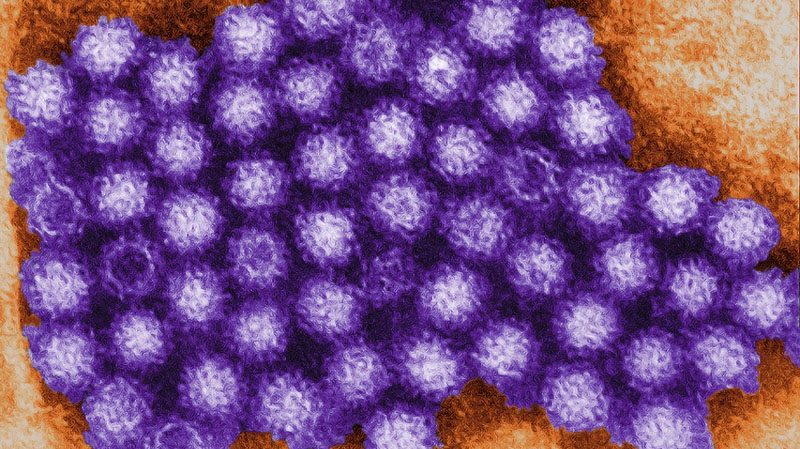
A new study of a common virus that often causes the ‘stomach flu’ has made steps towards understanding how it invades our cells – and how to fight it.
Researchers discovered that the most dominant strain of human norovirus uses an “unexpected mechanism” to enter our cells during the first stage of infection, with specific proteins triggering a destabilization in cell membranes that allows the virus in.
“We focused our study in the human norovirus pandemic strain GII.4, the one responsible for causing most cases of gastroenteritis around the world,” B. Vijayalakshmi Ayyar, senior staff scientist of molecular virology and microbiology in the lab of Mary K. Estes at Baylor College of Medicine in Texas and first author of the research, said in a press release.
Gastroenteritis is a relatively common condition in which a bacterial or viral infection causes diarrhea and vomiting. In children, the cause is usually rotavirus, but norovirus is behind most adult cases of gastroenteritis.
Although gastroenteritis usually clears up on its own without hospital attention, this can mean one to three days of mild to severe symptoms, and in some cases, can last up to two weeks.
With no vaccine for norovirus, or specific treatments for gastroenteritis, it’s an issue that plagues millions each year. And it`s currently on the rise in Canada after years of remaining quiet during the thick of the COVID-19 pandemic.
In this new study, published in the peer-reviewed journal Nature Communications on Tuesday, researchers were aiming to dig into how noroviruses trigger these gastrointestinal affects.
In order to do this, they worked with human intestinal enteroids, which are essentially a reproduction of the cellular interactions of the human gastrointestinal tract in a laboratory setting. Enteroids, which are derived specifically from intestinal tissue, contain complex epithelial cells, allowing researchers to study with greater accuracy how viruses interact in the human body without leaving the lab.
They also provide greater accuracy than studying cell cultures or cell lines by themselves, which have been the basis for a lot of previous research into virus entry, according to the study.
When researchers introduced the virus to the intestinal cells, they observed that the virus was able to damage the membranes that protect the outer edge of a cell.
“We discovered that the binding of human norovirus GII.4 to enteroid cells wounds the cells’ membranes, which in turn triggers a membrane repair mechanism to the injury site, activating another cellular pathway known as the CLIC pathway,” Ayyar said.
Essentially, by damaging the cell membranes, the virus triggers the activation of a new cellular pathway which researchers believe could play a role in shutting down viral entry into the cells in future treatments.
“To our knowledge, this is a previously uncharacterized complex entry process into human enteroids that combines several independent pathways,” Estes, a professor and Cullen Foundation Endowed Chair of molecular virology and microbiology at Baylor College, as well as the corresponding author of the research, said in the release. “There may be more molecules involved in this entry pathway than what have been reported for other viruses.”
Previous research has demonstrated other viruses using some of these techniques seen in this new study, but never all at once, Estes said.
They also discovered unexpected things occurring within the virus itself during this process. This norovirus has two main aspects to its structure: a shell and a protruding domain, Ayyar explained. The protruding domain aids in the penetration of human cells to infect, but it’s not the only part of the virus activated during this stage, researchers found.
The shell domain was also lending a hand, showing that the act of infecting another cell meant a restructuring of the virus too.
“This suggests that virus interactions with cells cause changes in the viral structure that facilitate the cell entry,” Ayyar said.
Researchers are hoping to dig further into the processes of this specific strain of norovirus, which is the most dominant strain, and investigate if this complexity in its interaction with human cells could be why it is so much more dominant than other strains.
“We now are interested in figuring out the role each of these molecules plays in this novel, interesting process, and whether it relates to the pandemic nature of GII.4,” Estes said.